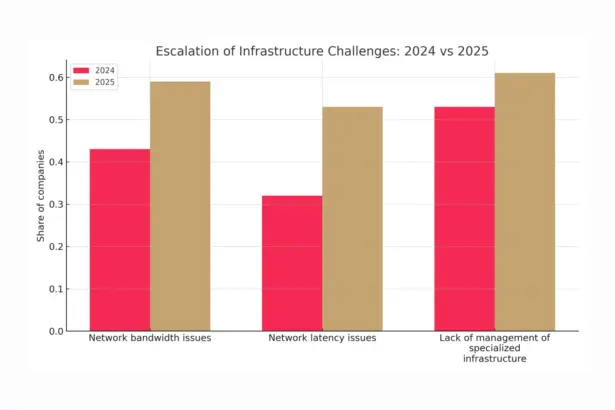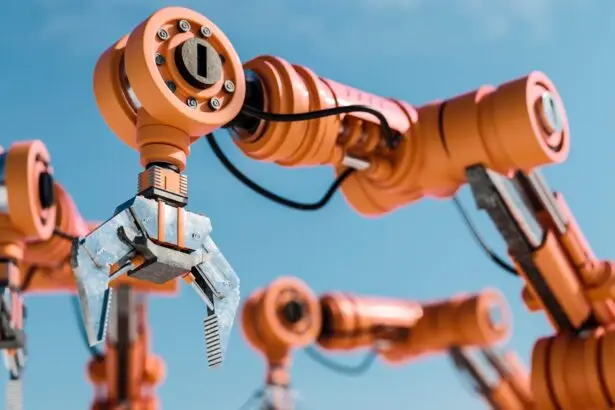The smart home is undoubtedly becoming an increasingly popular solution in Polish homes. Once the stuff of science fiction, it is now becoming an everyday reality to remotely switch on and off the heating, hoovers, open roller blinds, and so on. Such solutions are supported not only by the desire for convenience, but also by security or financial considerations. Krystian Bergmann, Growth Director Fibaro, answers questions about smart home technology in Polish homes .
Smart home is gaining in popularity. IDC estimates that the market grew by 12% in Q4 2020 compared to the same period in 2019. Is there a link between this growth and the pandemic?
Due to the coronavirus pandemic, we have seen a slight slowdown in the market due to, among other things, closed factories or component supply difficulties. However, there are investments that continued despite the pandemic. A very good example was the development buildings equipped with a smart home system, or projects related to public buildings. Investments in private individuals slowed down slightly, but it should be remembered that the Fibaro System, thanks to its wireless nature, can be installed at any stage of the investment.
Which FIBARO solutions are most popular among Polish consumers? What do you think is the reason for this?
According to the research we conducted, the most important smart home functions are heating control, burglar protection, protection against flooding, fire and time. Lighting control, as well as gates and roller shutters come in a close second. This trend has been around for some time. We want to feel safe in our home, keeping our loved ones safe has always been a priority for us. On the other hand, the heating control is a value in itself for the users of the Fibaro System intelligent house – it allows us to save heat energy and heat the rooms only when it is necessary, e.g. shortly before we return home.
There is an ongoing discussion among those who use or want to use smart homes about the safety of smart home solutions. How do you assess the risk of security incidents?
FIBARO specialists understand very well how important the issue of security is. This is why we are constantly working to ensure the highest level of protection. For these reasons, we enter into cooperation with the largest digital security providers. The safety and stability of the intelligent house system are of key importance to FIBARO. Protection against hackers is provided by encrypted data transmission (both in local and external connections). At the same time, the use of strong, high-quality components gives the control panel the ability to operate only locally and, in the absence of access to the cloud, provide key home functionalities. It is also important to remember that data security issues are also largely the responsibility of smart home residents; different, long and difficult passwords for different services should be used, passwords and login details should not be shared with anyone, and device serial numbers should not be shared with anyone. Software updates are also important to keep the system up to date.
A big problem with the implementation of smart home technology is proving to be the issue of lack of standards, which means that solutions from different manufacturers do not work together. In your opinion, is it possible to make such standards a reality?
Such standards have been around for years and are well known and developed. Suffice it to mention the Z-Wave standard, which currently has close to 3,000 devices of various brands on the market that communicate with each other and make the lives of smart home residents easier. Other standards include ZigBee or HomeKit from Apple.
A common concern for consumers is the issue of power system failure in the context of smart home use. The concern relates, for example, to not being able to open the blinds when there is no electricity in the house. What is FIBARO’s answer to this problem?
There is no such risk that the smart home system will trap us in the house and we will not be able to leave. If there is a power cut or if one of the smart home devices stops working, all activities can still be performed “traditionally” – using muscles.










